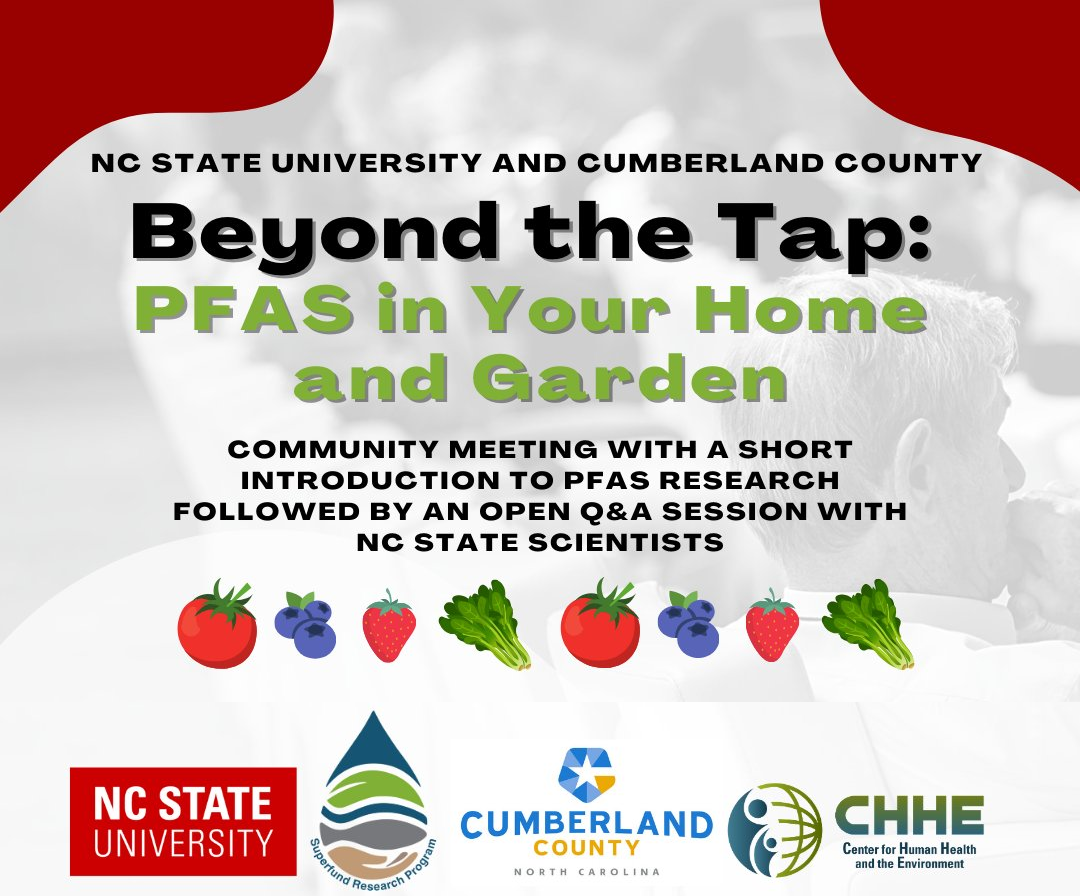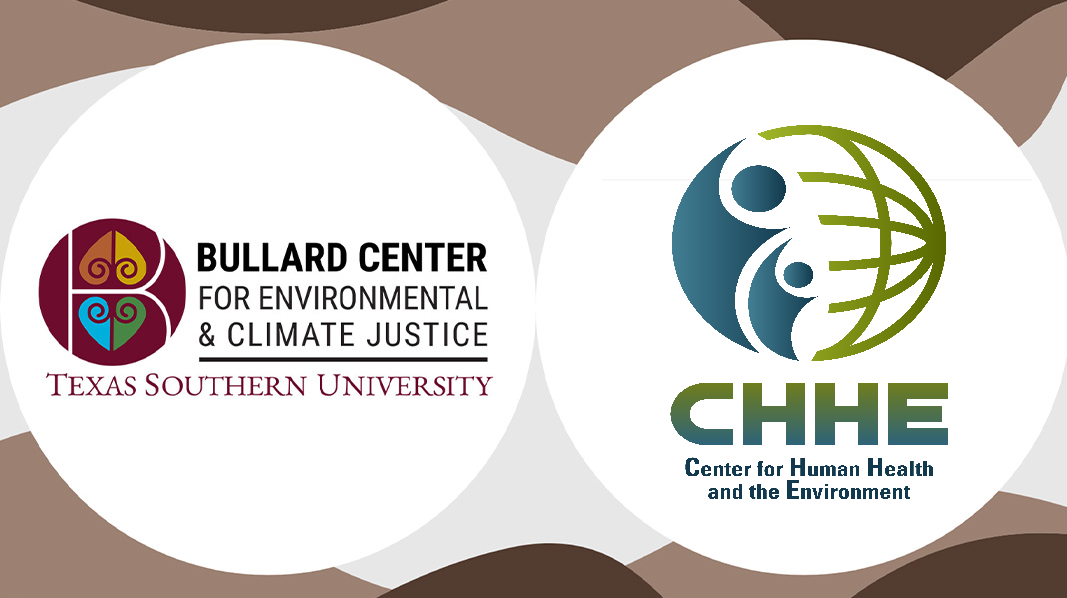Research Not Communicated is Research Not Done
Melissa Marshall gave the keynote talk at this year’s ORIED Research Retreat on April 11 in Raleigh. Melissa is a faculty member in Penn State’s Department of Communication Arts & Sciences, and a founder of Penn State’s science and engineering outreach communication program. She’s known for her TEDTalk, Talk Nerdy to Me, Melissa’s lecture on effective science communication with more than two million views. For a glimpse of that TEDTalk, click here.
During her visit to NC State in April, Melissa focused on the power of giving a good scientific talk, and creating a strong presentation for your audience. You’re all busy, so her talk can be summarized in three main points:
- Audience Centered
- Your talk and presentation should be what works for them, not you.
- Need notes when you talk? Put your presentation in “presenter mode” so you can see them on just your screen while you talk, or go old school and print them out. You might want to see every word typed out, but the audience doesn’t!
- Be passionate- show the audience why you care about this topic (and why they should, too)!
- Always return to points of common ground.
- Come back to the “so what” of your talk throughout your presentation.
- Snorkel, don’t scuba dive:
- Your talk and presentation should be what works for them, not you.

- Filter and Focus
- Strategize your talk with the end in mind à What do you want the audience to walk away knowing?
- Limit unnecessary details.
- You might have spent four months on methods development, but your audience doesn’t have to.
- Your research has many important aspects, or fish. Think about your particular audience, and what is most important for them to know. What fish do they need to see?
- Focus on the “big fish” for that particular audience or occasion; don’t show them the whole ocean.

- Show Your Science
- Avoid bullet points and the default Powerpoint template when you can.
- No text-based slides!
- You provide the words, slides are just there to support what you are saying.
- Only use slides to convey something that you can’t convey with words alone.
- Each slide should have a takeaway message, not just a topic.
The next time you have to present your science, think about how you might improve your presentation for your audience. For more on Melissa and her science communication work, visit her website.
“Science not communicated, is science not done.”
– Melissa Marshall
- Categories:


